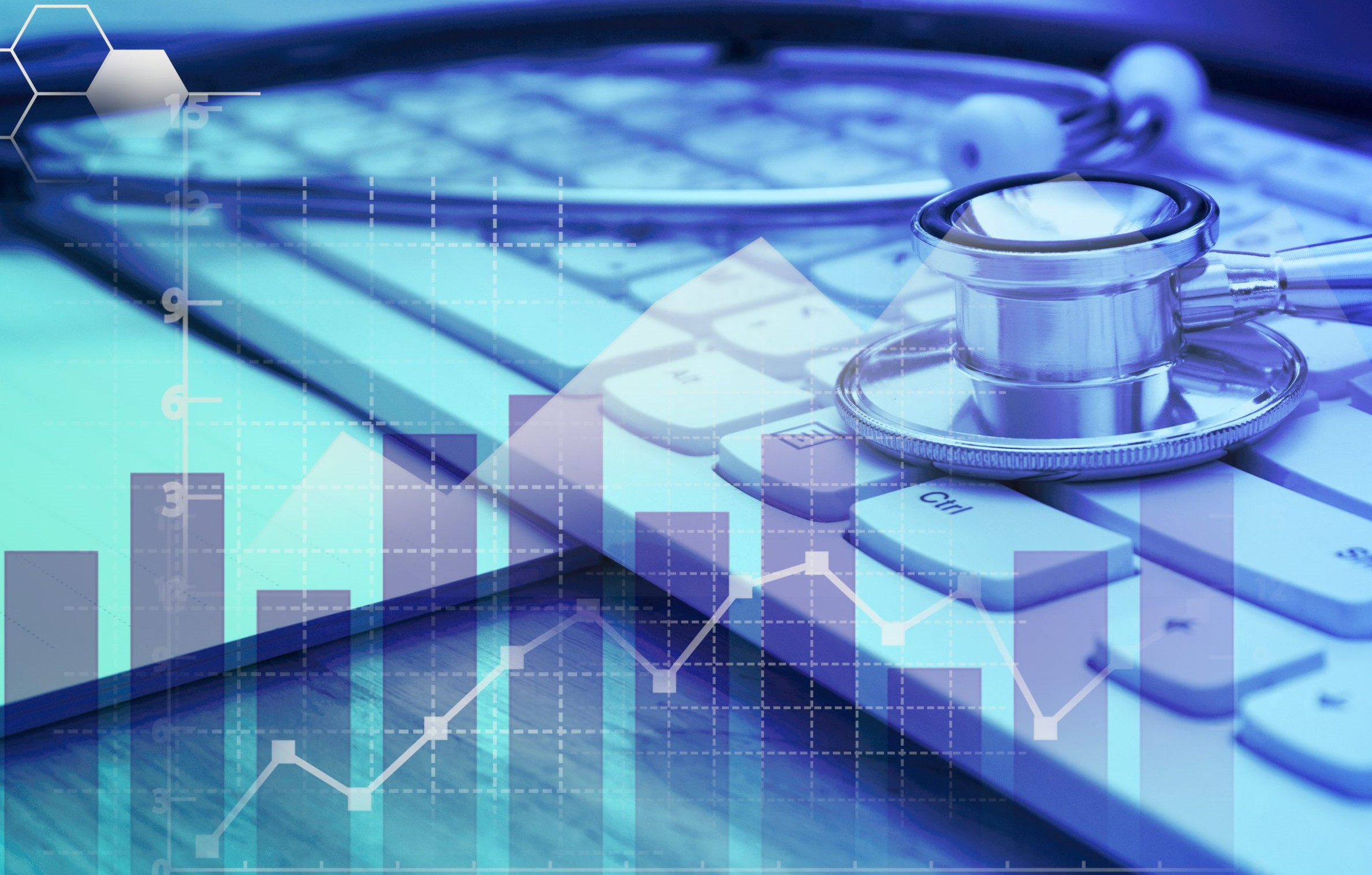Healthcare IT
We are here to Develop for you.
At Icontech, we do not only believe in development or creation of applications, but we solely believe in making your dreams come true. Online marketing has completely given new face to advertising and promotional activities. This has given rise to the Website development in Lucknow. There are many corporations that are failed in delivering the customer-specific products and they eventually fail in their start-ups. We help the clients to understand the significance of having a centric website through which the company can earn huge revenues and sales. In order to become successful in this online marketing field, it is essential to apprehend the strength and effectiveness of web development. Icontech is a market leader and the top web development company Lucknow, providing the patrons with wide range of web development services in Lucknow at the most reasonable price-range.
Healthcare IT Important
Healthcare IT Important
IT in healthcare is critical because hospitals, clinics, and other organizations essentially run on data. IT infrastructure is what allows these organizations to collect and manage that data, and use it to make accurate diagnoses, determine treatment plans, and achieve positive outcomes for patients.
Technology itself is revolutionizing healthcare. The entire industry is undergoing a journey of digital transformation, moving toward connected systems that accelerate and refine the ways caregivers and patients share and use information.
Along with providing incentives for healthcare providers and insurance carriers to digitize health information and increase access, the HITECH Act also came with legal requirements and expectations surrounding the storage, sharing, and use of data. That’s because any time data is digitized and becomes more readily available to more people, risks of security breaches also increase.

Some Examples of Healthcare IT
The foundational tools and devices of healthcare IT are largely the same as those in any other IT setting, including routers, servers, networks, databases, and firewalls, as well as the skilled people to deploy and manage that infrastructure. It also includes specialized hardware and software that assist caregivers in their jobs and make the transmission, storage, and use of digital information as fast and secure as possible, including:
Healthcare IT can help shrink the distance between a patient and their health outcomes. For example, a patient can track their fitness and diet information in an app that’s connected to a smart wearable device that tracks their vitals. A nurse can set up a medical device that monitors a patient’s condition and helps contextualize changes in the patient’s vitals while providing oversight for an entire hospital wing. Or a prescription tracking tool can help caregivers prescribe the right medication and send that information automatically over networks to the patient’s insurance provider.

In addition to patient records and real-time biometrics, there’s great value in digitizing prescriptions. Doctors can transmit prescriptions electronically to pharmacists and insurance providers. Paired with a pharmacy application that automatically checks the new prescription against a patient’s history of medications, pharmacists can be alerted to any negative drug interactions or allergies before dispensing the medication.
The Benefits of Healthcare IT
To begin with, the focus on healthcare IT has led organizations to digitize patient records. It’s never been easier for patients to find the healthcare providers that best serve their needs and move between offices, hospitals, and clinics quickly and without friction.
The easy sharing of EHRs also helps caregivers get paid more quickly by insurance providers because caregivers can more easily document the patient, service provided, and cost. A key benefit of healthcare IT is making patient records more manageable, portable, and accessible to everyone who needs them when they need them.
Digitized patient health information also means that doctors can access patient information in real time on any device. And it’s not just patient records that are digitized. Real-time health information can help doctors intervene before a health condition progresses too far. For instance, if a patient is wearing a device that reports their vitals as they go about their day, doctors and nurses can provide near-real-time recommendations to patients if a dangerous condition arises, wherever they are.
Healthcare IT is all the tools, connected systems, and devices that gather and manage healthcare data—but it’s what healthcare IT enables and how far it reaches that makes its benefits so notable.